Moment of Mind November 2021
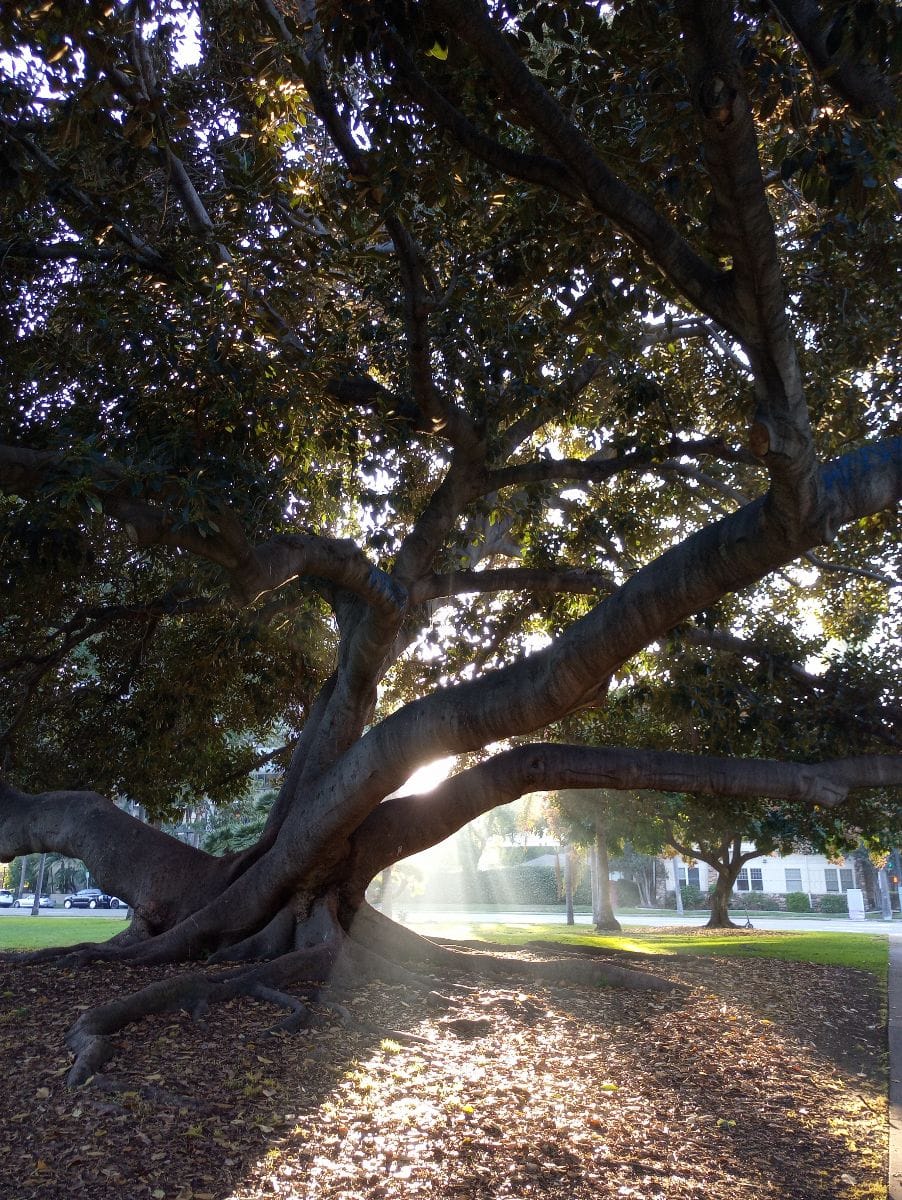
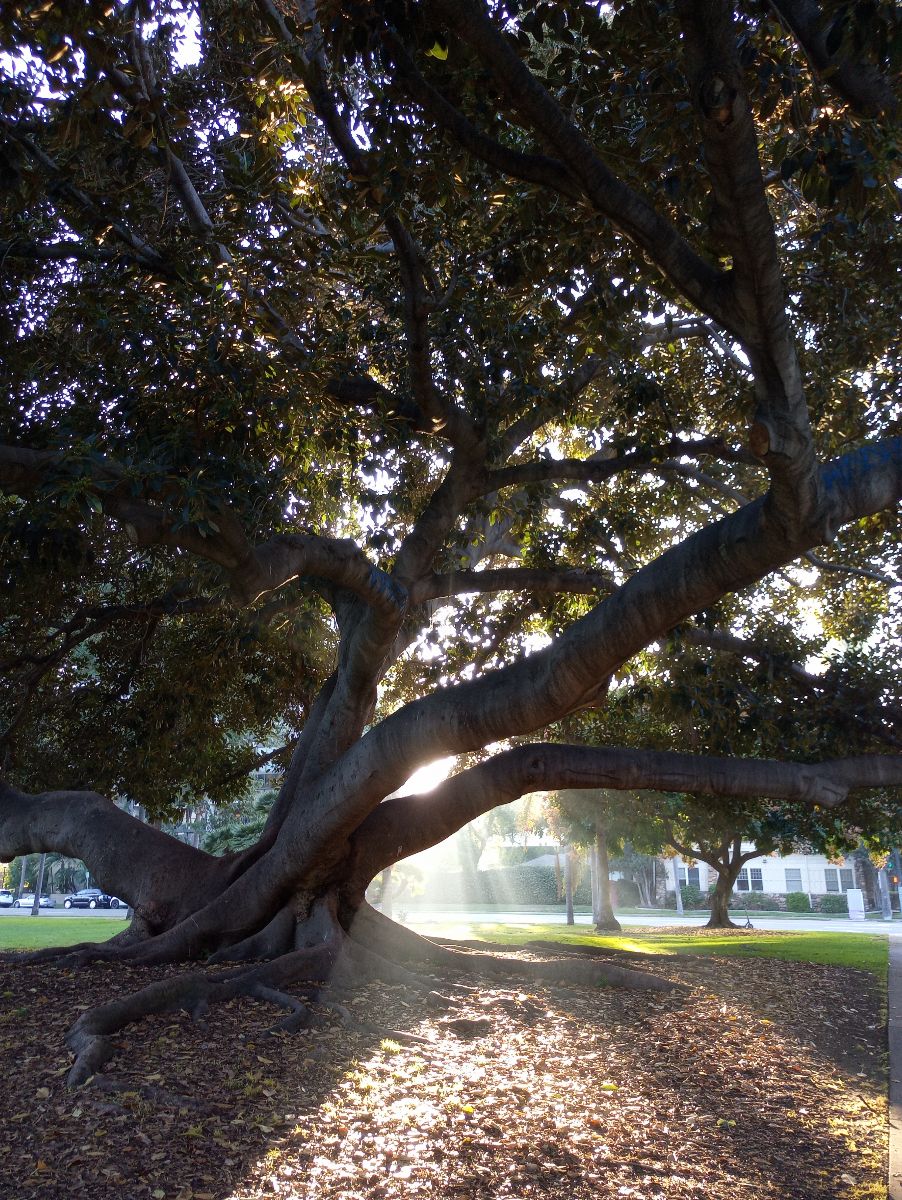
Moment of Mind
This month (okay, most months) I've been reading and thinking a lot about healing. Healing has been a major focus of my life from a young age. When survival stopped being in question...then the question became about healing from trauma, abuse, isolation, and poverty.
My understanding of what I thought healing was has changed dramatically since I was young.
I used to think that emotional healing was about never feeling pain, anxiety, a stormy mind, or suffering again. I believed that something must have been wrong with me - and this is where the pain, anxiety, dramatic thoughts, and suffering came from. Since I could not change the past, then if I could only "fix" what was broken, make the body and mind stop doing specific things (control emotion/feeling/thinking experiences), then I would be okay.
The foundation of this perspective was a belief that I was not, and had never been, emotionally "okay." And that people who are "okay" do not have the same pain, thoughts, anxiety or suffering.
One definition of healing in Merriam Webster's online dictionary is to make sound, or whole. When I did a search on this word a 2005 article in the Annals of Family Medicine popped up. The author of this qualitative study noted that medicine, and physicians in particular, now focus on curing diseases rather than on healing. Many medical schools don't touch on what healing means, so they wanted to find out what their peers (this was also a dissertation) thought who had been in the field for awhile.
The author, Dr. Egnew, intentionally sought out 7 physicians, each experts in their relative area of study, and asked them a series of open ended questions about how they define healing. All of the themes that emerged in the study were about wholeness. The implications were that people think that their wounds make them broken. As one physician noted, "healing involves achieving or acquiring wholeness as a person."
For me today - healing isn't about never feeling pain, anxiety, mental thought loops, or suffering again. It's not about my body being at a specific level of skills or function even (especially not as I enter peri-menopause and many functions biologically change).
Now, healing to me is the recognition that any wound - emotional or physical - does not define me. That I am whole and complete, innately. And that this wholeness implies that there never was, nor ever could be, any need or possibility of control. Because with the illusion of control comes the inevitable internal narrative of fault, blame, shame and guilt. It doesn't matter that no one knows what thoughts will pop into our mind next - if we believe we can control those thoughts....then the mind will determine that it is our failing when attempting to control thoughts is a hamster wheel to nowhere.
Healing as I see now, is also a life-long process. Healing to me is an ongoing process now of seeing when there is a limiting belief built into this concept of self, or the representation of me the brain cultivates, and then...the ultimate applied mindfulness practice... observing if that belief is really true.
These beliefs of lack, of deficiency, a view of not enough, are part of the identity my brain has built from a young age as a survival strategy. These beliefs were learned from society and social relationships and then woven into the self concept avatar (who we think we are) by the life intelligence that has kept the human species, and our ancestors, alive for millions (2.5?) of years.
These days I am discovering, over and over again, how every time, these beliefs of lack, of brokenness, could not possibly be true. Yet the mind is very convincing with its narration that this failing or that lack is absolutely real. Believing in lack can provide benefits such as staying hidden more (less exposure to risk). And when I was a child, those limiting belief benefits most likely kept me alive. And yet, they weren't true.
I'm not saying I'm not a jerk (often), that I don't make mistakes (daily), I never fail (also daily), or that I don't have to apologize and regularly clean up my messes. I'm not interested in denial or bypassing - and I can see that the unconscious will happily deny and bypass if it brings comfort. So I am getting really curious about comfort too.
My mind and body, in the intricacies of its amazing capacity to learn, has assimilated millions of limiting beliefs that are woven into every aspect of my life. These 'not good enough' beliefs are stitched into perspectives on relationships, roles, sexuality, gender, race, culture, work, body image, success, health, and even how I tend an environment. And healing has become a process of seeing where these limiting threads are stitched into this fabric of humanity and then following them back to the larger picture of wholeness as a constant - over and over again.
What if healing is about discovering that no wound - emotional or physical - ever touches your innate wholeness?
What becomes available for connection, for change, for creating when the weight of trauma shifts?
What emerges from presence when it's not covered over with limiting beliefs?
What happens when we see our vast capacity for growth and are then willing to step into the unknown based on that foundation?
What happens when we heal in relationships? In work? In health? In human's impact on the more than human world?
What if healing is its own form of activism?
This week I invite you to consider when healing means to you. And how that perspective has changed, if at all. Is there a difference between physical and emotional healing? In what situations have you seen glimmers of your wholeness?
I always like to hear what you notice, Much love, Tia
Love for Your Inner Science Activist Nerd
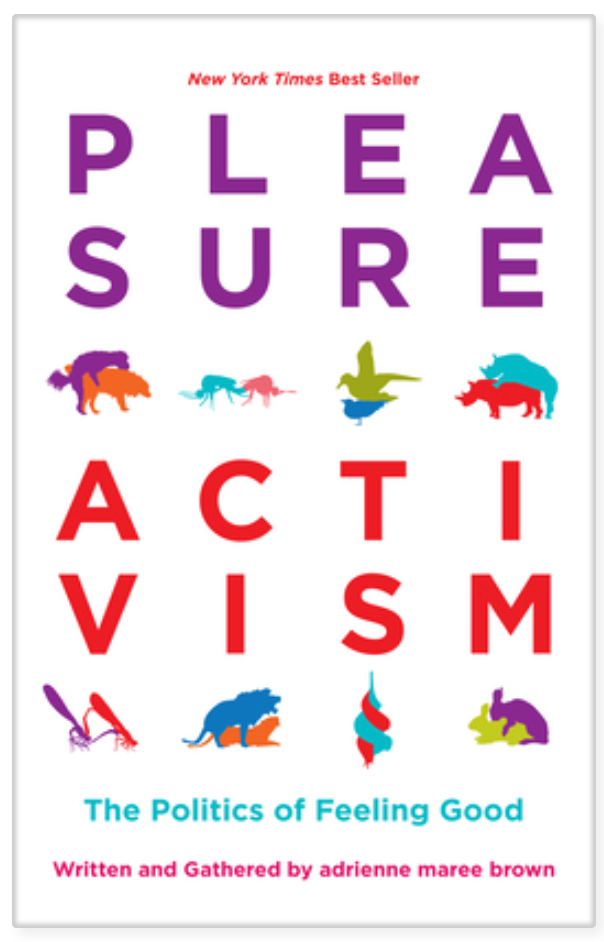
| If you have not read anything by the force of nature that is adrienne maree brown, please please please get one of her great works in your hands, follow her on insta, listen to a podcast, or read her blog. The book Pleasure Activism: the Politics of Feeling Good is an anthology of essays from a Black queer organizer feminist lens that dives into how aspects of pleasure - rest, celebration of life, and particularly the erotic - are part of shaking fragile oppressive systems people have built. There's a strong emphasis on the sexual/erotic aspect of pleasure and not light on discussions of drugs (including alcohol) so just know that if this topic is confronting...this is not the shallow end of the pool. I love the emphasis on boundaries and the nudge to self pleasure as well as learning a LOT about new to me topics. |
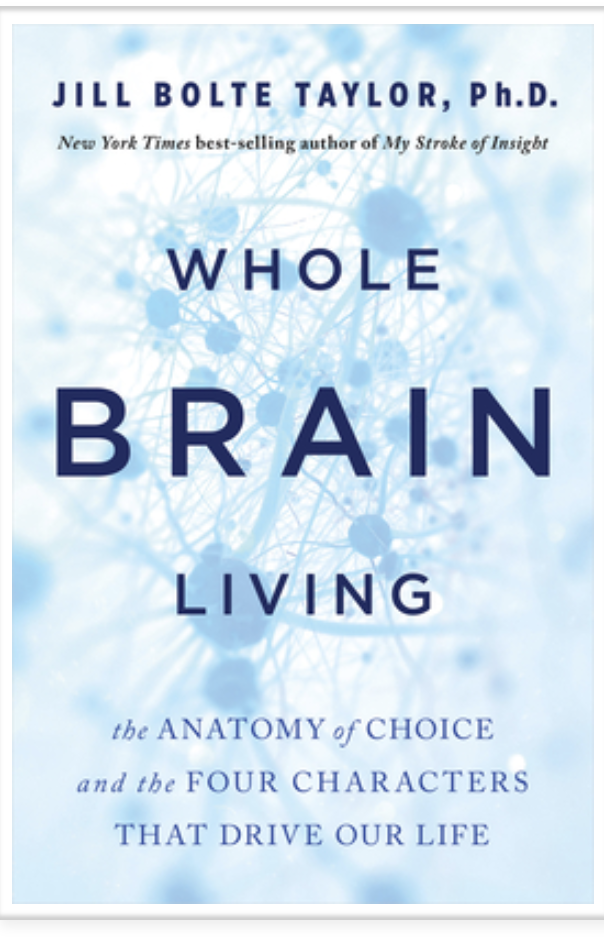
| Dr. Jill Bolte Taylor, a white neuroanatomist, had a stroke where part of her brain hemorrhaged and she witnessed that process and then....years after recovery... told the world about it. This book revisits that trauma and recovery and shares four aspects of hypothesized personality that Dr. Taylor maps (literally) to cellular brain function. She revisits older science on split-brain patients (where the corpus callosum, the nerves/fibers that connect the left and right hemispheres of the brain so they can communicate with each other, were cut). This older research, which has more nuance now that she doesn't touch on, helps readers consider how aspects of our self concept (like tendency to want to control, tendency to create a lot of fear, tendency to pursue anything exciting, and tendency to feel connection) have specific evolutionary roles. And how to work with these tendencies now. |
Get Your Park Groove On
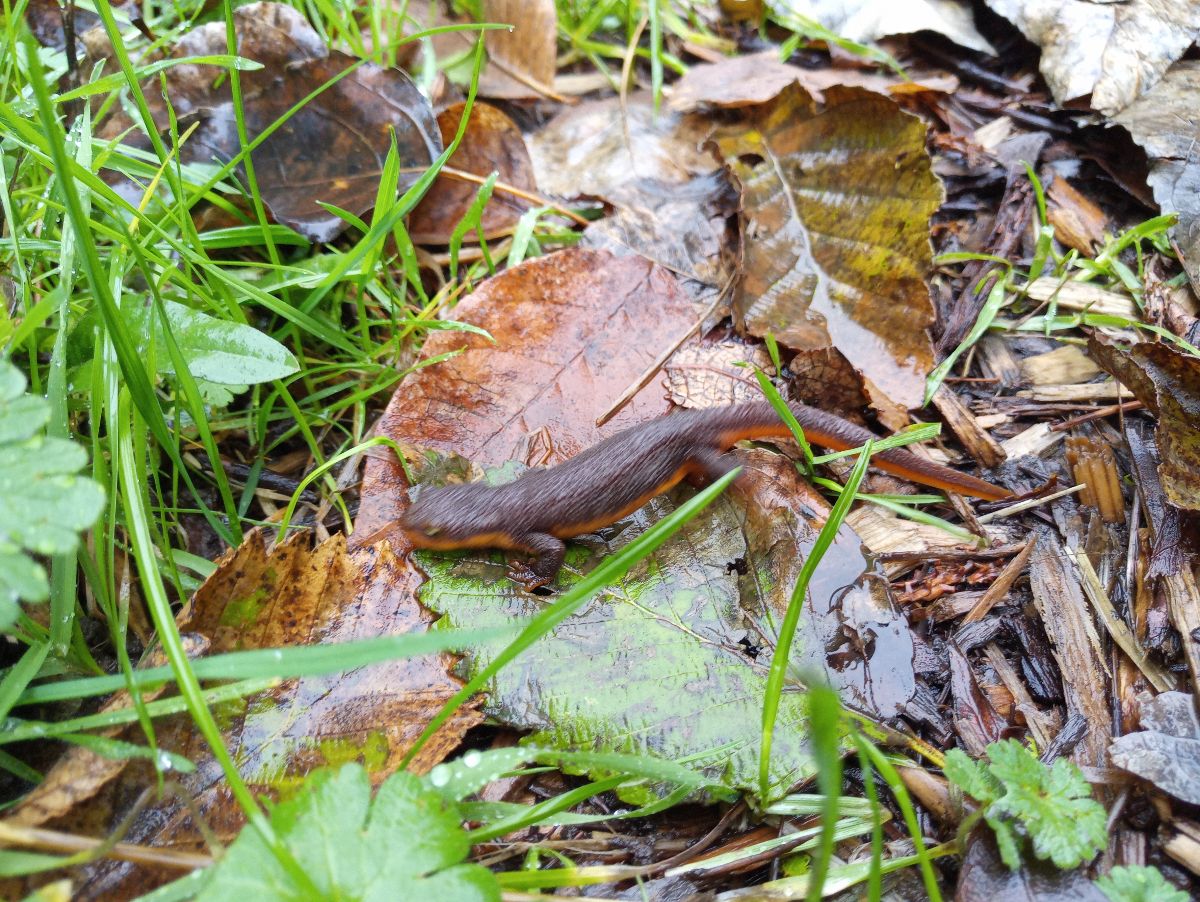
It had been more than a decade since I'd been to the Jackson Bottoms Wetland Preserve so I was excited to head out a couple of weeks ago and explore it as a forest bathing opportunity. This is a 635 acre wildlife preserve, on Kalapuyan Tualatin land, located within Hillsboro, Oregon at 2600 SW Hillsboro Hwy. A waterfowl hang out, over 150 birds visit the area annually. The tree friends host a Great Blue Heron rookery and multiple Osprey nests. The only two caveats is that a) in the winter the tree leaf buffer drops so traffic is louder from the highway, and b) the preserve goes through dramatic changes as the Tualatin River floods in the winter through the early spring which means you will want to manage your expectations of what you see and when. The park is open daily from dawn to dusk; there are no parking fees.
Parking is ample and there are ADA accessible trails and at least one accessible restroom. Trails are both in the uplands (purple path) where it stays dry in the winter and in the lowlands that flood (maybe wait until April-May to visit for those sections). When I say "flood" I mean the entire area - the viewing platforms and the trails - are completely covered by water. They built the platforms, picnic tables, and all other infrastructure so that it can be covered over by water each winter-spring season. The Preserve is managed under the City of Hillsboro Parks & Recreation Department and they have a new (2003) visitor and education center with interactive exhibits inside. They are in the process of developing partnerships with organizations to expand programming to reach multiple audiences.
P.S. Giving season explorations: Willamette Week Give Guide for non profits (so many categories, so many new organizations!); Mercatus Buy Native; Mercatus Buy Local (I have been really appreciating this!)
| Copyright © 2019-2021, Finding Mindful Now LLC, All rights reserved. www.findingmindfunow.com, originally published on MailChimp with information on current offerings. Some images or content lightly revised since initial publishing. |
